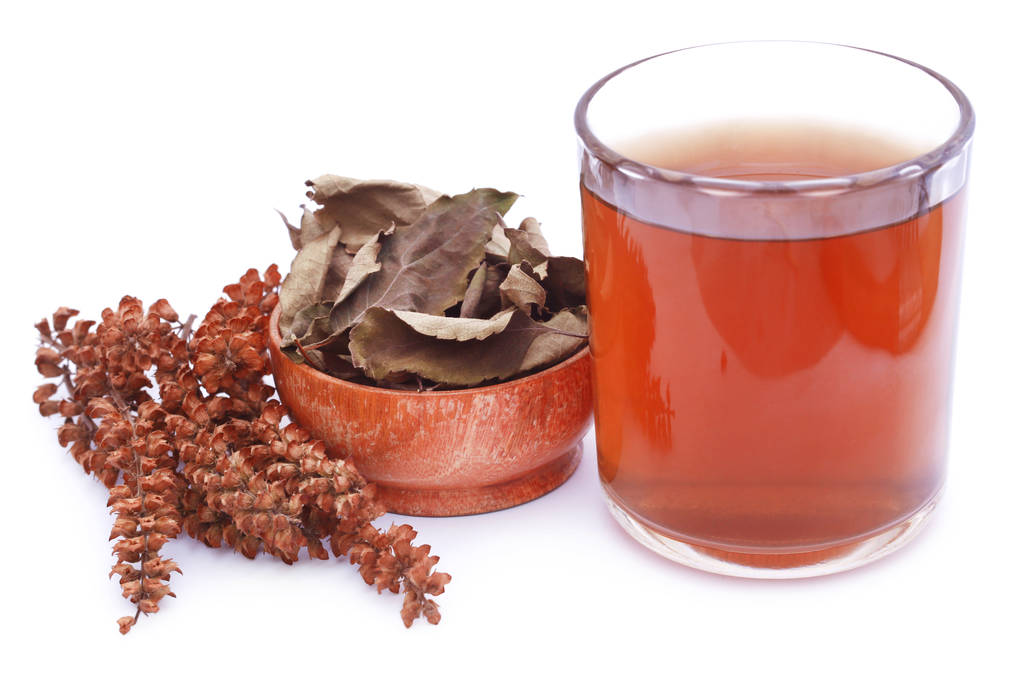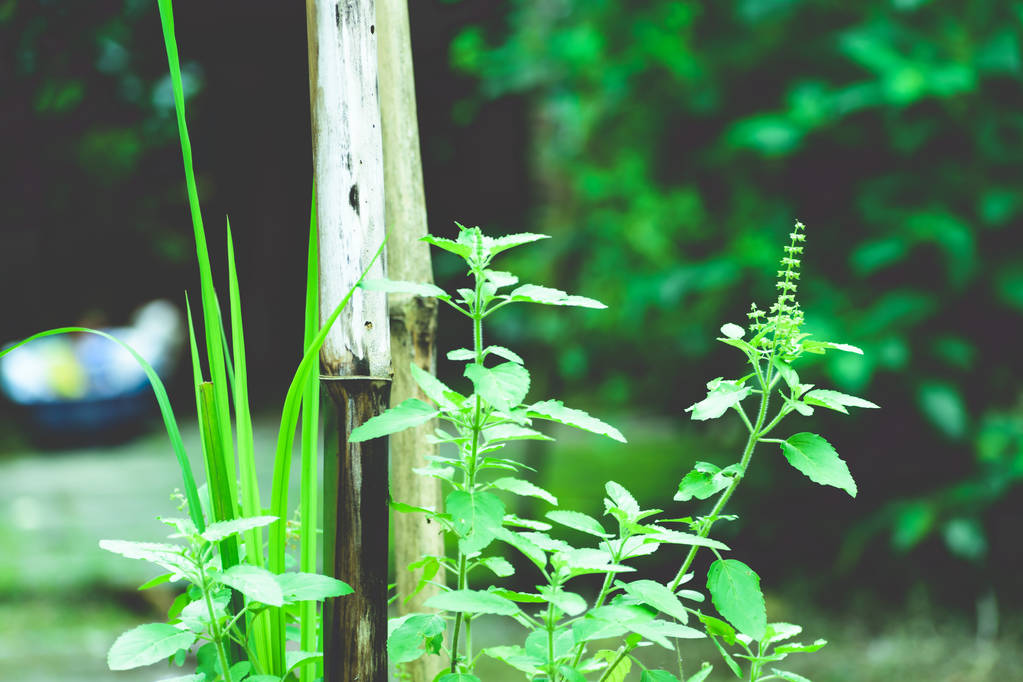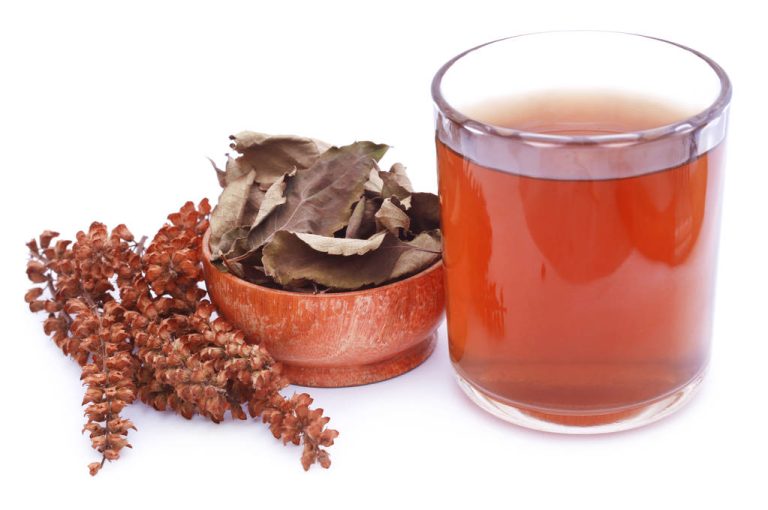Whether in the form of a spice, tea or essential oil: the “Indian basil” Tulsi has long been part of the repertoire of Ayurveda medicine. The tea is said to have healing effects. But how is tulsi actually best prepared – and is the herb really as healthy as it is claimed?

What is Tulsi?
Tulsi, also known as Tulasi, is a species of basil in the mint family and is grown in tropical Asia and northern Australia. It is not called “holy basil” for nothing, because the Indian herb is said to have special effects. Overall, the Tulsi spice is most similar to basil, which is also commonly used in Germany.
Tulsi tea in particular is no longer just popular in India, but has also made a name for itself in Europe. On the one hand, this is because Tulsi contains various beneficial active ingredients such as eugenol, polyphenols and flavanoids. As a result, Tulsi has an antibacterial and anti-inflammatory effect and can help with colds, fever, stomach problems or sores in the mouth. Another benefit of the herb is that it has a stress-relieving effect thanks to the antioxidants it contains, such as phenols and flavanoids.
Antioxidants are natural substances that protect the human body from oxidative stress and help break down harmful substances. This degradation ensures that oxidation processes are triggered in the body, which in turn increase reactive oxygen compounds and prevent oxidative stress. Since in medicine it is assumed, among other things, that oxidative stress is involved in the development of diseases such as Alzheimer’s, arteriosclerosis and high blood pressure, Tulsi herb can help to reduce the risk of disease with its antihypertensive, detoxifying and nerve-strengthening effects.
Does Tulsi basil also help fight cancer?
Tulsi has many beneficial effects, but it cannot be assumed that it also helps with cancer. Even a preventive effect would be purely speculative. The current study situation and studies carried out so far are not sufficient to prove any causal connection between the herb and cancer.
Tulsi Tea: How to Prepare It Properly
Tulsi tea is not experiencing its current upswing in Europe for nothing. Its aroma can be described as fine, sweet and slightly peppery. Either fresh or dried Tulsi leaves can be used to prepare the tea. In the well-stocked tea shop you can have your own Tulsi blends put together, for example with orange and ginger.
How to Properly Prepare Tulsi Tea:
One teaspoon of Tulsi herb per cup
Pour 200 ml of boiling water over the tea per cup
Let the tea steep for 6 to 10 minutes
Lose weight with Tulsi
Due to the blood sugar-lowering effect of Tulsi, we feel less hungry and the substances already mentioned stimulate digestion. In addition, the herb is said to have rejuvenating effects.
In addition to the already mentioned positive effects of Tulsis through anthocyanins, the plant’s own substances are the actual ingredients for the healing effects. These are mainly found in essential oils and can help against asthma, colds, gout, fungal infections, rheumatism, worm infestation as well as tooth and gum inflammation. Tulsi essential oils tend to have a sweet, fresh, green scent with balsamic undertones.

Tulsi in the kitchen
Indian basil is used regularly, especially in Asian cuisines such as Indian or Thai cuisine. Tulsi is particularly suitable for curries, vegetable, rice, pasta dishes or stews and gives the dishes a fresh touch. In combination with spices such as aniseed, chili, ginger or caraway, Tulsi unfolds its full effect and comes into its own. For example, Tulsi pesto is easy to make yourself and then combines with pasta, lasagne, rice, potatoes or bread.
For Tulsi Pesto you need the following ingredients:
2 hands of fresh Tulsi
2 tbsp Tulsi powder
1 clove of garlic
100g raw almonds
50ml olive oil
Zest of 1 lemon
salt and pepper

